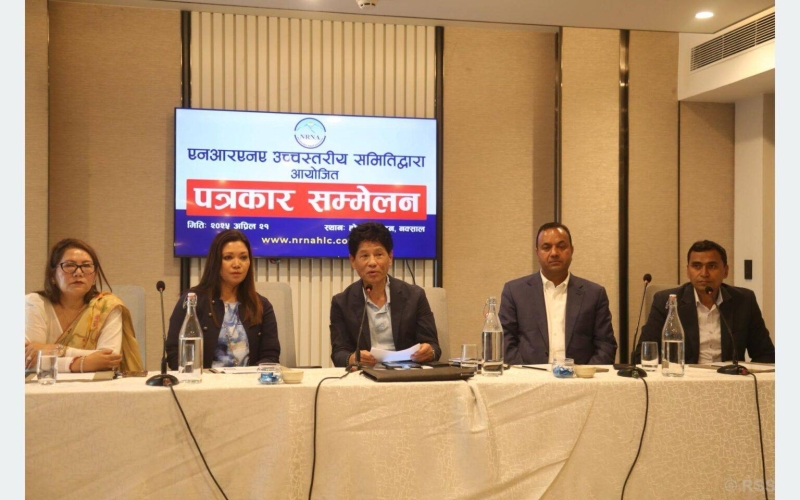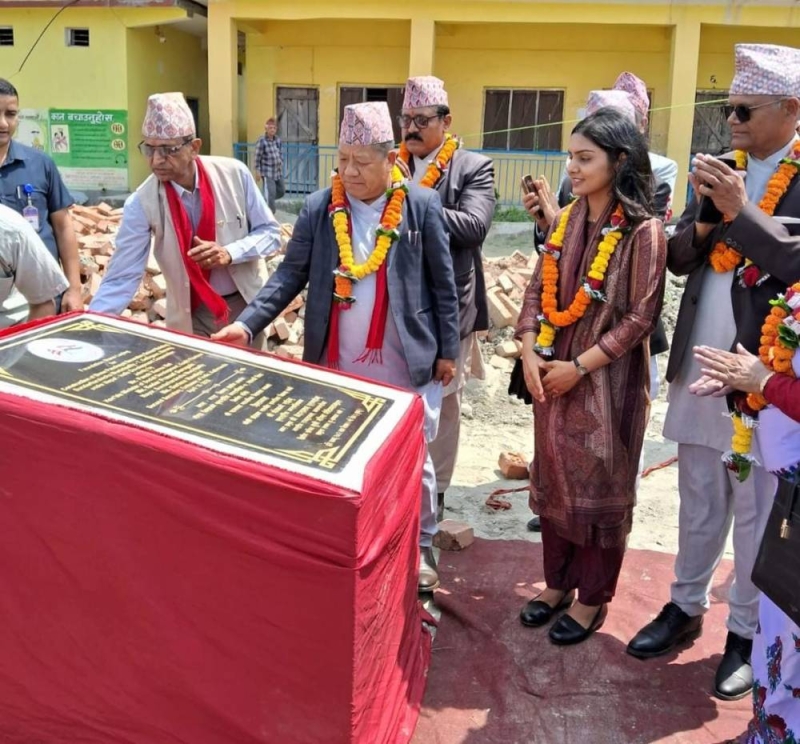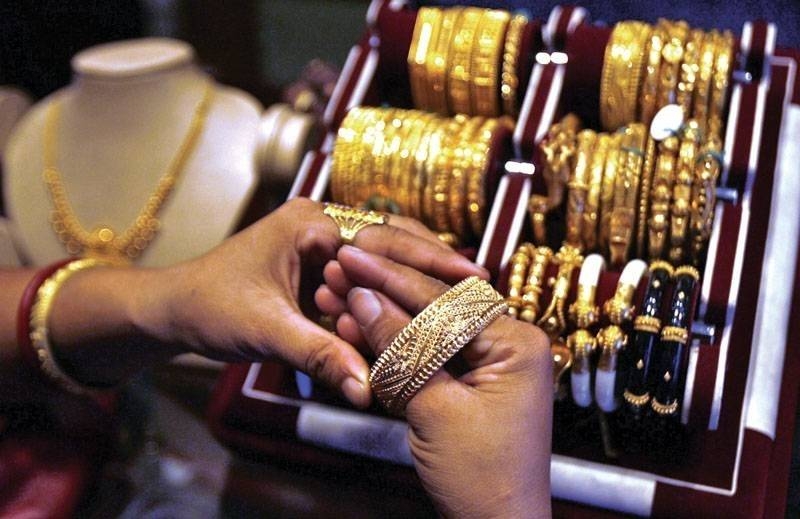TOPICS: Gaijatra: revelry and significance
TOPICS: Gaijatra: revelry and significance
Published: 05:05 am Aug 19, 2016
Saparu, the cow festival, is popularly known also as Gaijatra. It occurs during the hot rainy season. It is one of the seasonal events observed by Nepalese in general and Newars in particular. Saparu in essence is a Newari terminology indicating Sa - Gai, the cow, and paru indicates the first day of the quarter. Saparu\\Gaijatra starts from the first day of the dark lunar calendar and lasts for eight nights and nine days. Living cows are taken around the specific festival routes of townships in the Kathmandu Valley and elsewhere in those areas domiciled by the Newars. Historically Gaijatra used to be observed in the capital valley and in some places in the vicinity like Banepa, Dhulikhel, and Naladum. Awakening and realization of cultural heritage has contributed to revitalizing our national heritage and pride. Keeping up with the cultural heritage helps in consolidating various cultural communities in the nation. People from all over the country voluntarily join in the revelry. Gaijatra is observed differently in various places in their own ways. One would observe it differently in Kathmandu, Bhaktapur and Lalitpur. In Bhaktapur one would observe it with multiple approaches, the Dkosa, the Tahasa, the Dohasa, the Ramayana team performance, and the Basa Luyekark. Kathmandu, the Shiva-Parbati couple, Rama-Sita, Radha Krishna, and Ramayana Lila are performed. Lalitpurians observe it by dragging a number of utensils with the help of a rope tied up. The living cows, Ramayana team, are the common features of Saparu. One special feature of attraction is the Neku-ya. Men and women join in the Neke –ya, a procession with horn pipes blown together in sequence. Of all the features performed in different places on the eve of Gaijara, the most alluring and charming one takes place in Bhaktapur. The Dokosa adorns and decorates people with specific gender orientation. Dohasan is an image made of black clay casting a hypnotic scenario to the onlookers. More charm can be observed and noticed in the straw made Tahasa. It represents Bhairab, the ecclesiastic being. The Gaijatra festival is observed after rice plantation. Rice being the staple food in an agrarian society every effort is made for transplantation. Having the transplantation accomplished the agrarian community seeks pleasure for some moments. Hence, this event is a joyous occasion.





